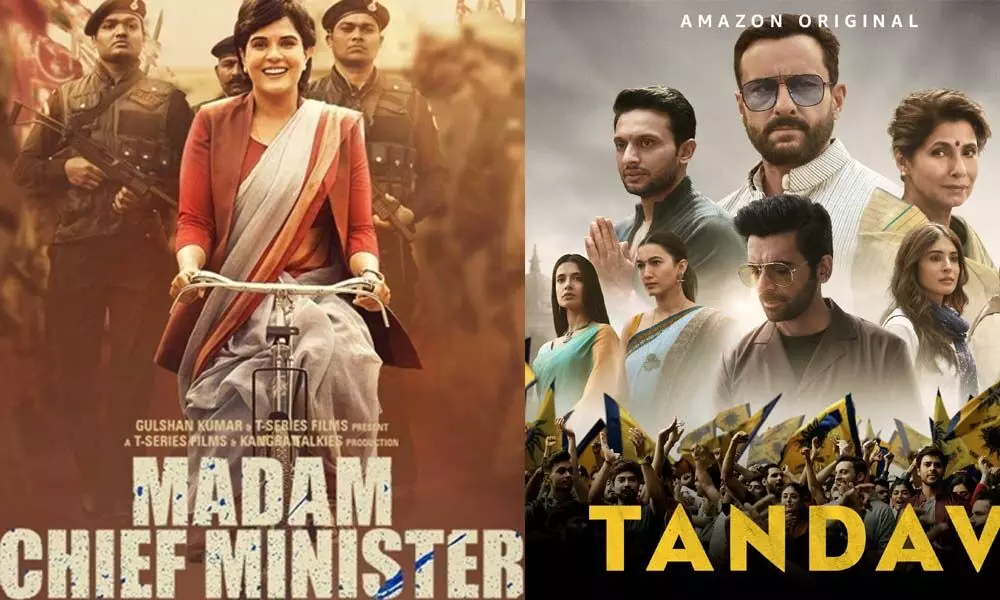Indian cinema, particularly Bollywood, has long been a powerful medium for storytelling and a mirror reflecting societal norms, values, and issues. Over the years, filmmakers have used the platform to highlight and address various social issues, sparking conversations, and influencing public opinion. This article explores how Indian cinema has portrayed social issues such as gender inequality, caste discrimination, poverty, LGBTQ+ rights, and more, through impactful films that resonate with audiences and inspire change.
Gender Inequality
Depiction of Women’s Rights and Empowerment
Landmark Films:
- Mother India (1957)
- Queen (2013)
- Pink (2016)
Analysis: Indian cinema has evolved significantly in its portrayal of women. Early films like Mother India depicted the struggles and resilience of women in a patriarchal society. In contemporary times, films like Queen and Pink have highlighted issues of women’s independence and consent, challenging traditional gender roles and advocating for women’s rights and empowerment.
Changing Narratives
The shift from portraying women as mere supporting characters to protagonists driving the narrative marks a significant change in Indian cinema. These films have contributed to the discourse on gender equality, encouraging society to rethink its views on women’s roles both in the domestic and public spheres.

Caste Discrimination
Exploring the Plight of the Marginalized
Landmark Films:
- Achhut Kanya (1936)
- Sujata (1959)
- Article 15 (2019)
Analysis: Caste discrimination has been a recurring theme in Indian cinema, reflecting the deep-seated social stratification in Indian society. Early films like Achhut Kanya and Sujata addressed the issues faced by Dalits and the stigmatization of inter-caste relationships. Recent films like Article 15 have taken a more direct approach, highlighting the systemic injustice and violence faced by marginalized communities.
Impact on Society
By bringing these issues to the forefront, Indian cinema has played a crucial role in raising awareness and sparking dialogues about caste-based discrimination. These films challenge audiences to confront uncomfortable truths and advocate for a more inclusive and egalitarian society.
Poverty and Economic Inequality
Portrayal of Struggles and Resilience
Landmark Films:
- Do Bigha Zamin (1953)
- Salaam Bombay! (1988)
- Slumdog Millionaire (2008)
Analysis: Films depicting poverty and economic inequality offer a poignant look at the struggles of the underprivileged. Do Bigha Zamin and Salaam Bombay! are notable for their realistic portrayal of rural and urban poverty, respectively. Slumdog Millionaire, although a British production, used the backdrop of Mumbai’s slums to tell a story of hope and resilience.
Societal Reflection
These films not only depict the harsh realities of poverty but also highlight the indomitable spirit of those striving to overcome it. They serve as a powerful critique of societal and economic structures, urging for systemic change and empathy towards the less fortunate.
LGBTQ+ Rights
Breaking Stereotypes and Promoting Acceptance
Landmark Films:
- Fire (1996)
- Aligarh (2015)
- Ek Ladki Ko Dekha Toh Aisa Laga (2019)
Analysis: LGBTQ+ representation in Indian cinema has seen a gradual yet impactful transformation. Fire, one of the earliest films to portray a lesbian relationship, sparked significant controversy and debate. Aligarh highlighted the discrimination faced by a gay professor, while Ek Ladki Ko Dekha Toh Aisa Laga presented a mainstream Bollywood take on same-sex love.
Cultural Shift
These films have contributed to breaking stereotypes and fostering acceptance of the LGBTQ+ community in India. By humanizing their stories and struggles, Indian cinema has played a pivotal role in challenging societal prejudices and advocating for equal rights.
Child Labor and Education
Highlighting the Plight of Children
Landmark Films:
- Boot Polish (1954)
- Taare Zameen Par (2007)
- Stanley Ka Dabba (2011)
Analysis: Child labor and the importance of education are critical issues explored in Indian cinema. Boot Polish depicted the hardships faced by orphaned children forced into labor. Taare Zameen Par brought attention to the struggles of dyslexic children in the education system, while Stanley Ka Dabba highlighted the challenges faced by underprivileged children in accessing education.
Advocating for Change
These films emphasize the need for child welfare and education reforms, urging society to protect children’s rights and provide them with opportunities for a better future. They underscore the importance of nurturing young minds and the societal benefits of investing in education.
Environmental Issues
Raising Awareness and Inspiring Action
Landmark Films:
- Kadvi Hawa (2017)
- Kaappaan (2019)
- Panga (2020)
Analysis: Environmental issues such as climate change, deforestation, and pollution have also found representation in Indian cinema. Kadvi Hawa dealt with the impacts of climate change on rural communities, Kaappaan focused on agricultural crises, and Panga addressed urban environmental concerns.
Promoting Sustainability
By showcasing the adverse effects of environmental degradation, these films raise awareness and inspire viewers to adopt sustainable practices. They highlight the urgent need for collective action to protect the environment and ensure a sustainable future.
Conclusion
Indian cinema’s portrayal of social issues reflects the evolving concerns and aspirations of society. Through powerful storytelling, filmmakers have not only entertained but also educated and inspired audiences to engage with critical social issues. As Indian cinema continues to evolve, its commitment to addressing and challenging societal norms remains unwavering, fostering a more aware and progressive society.

